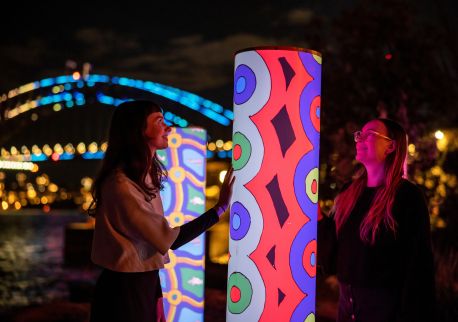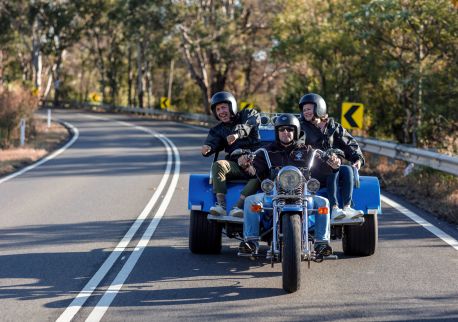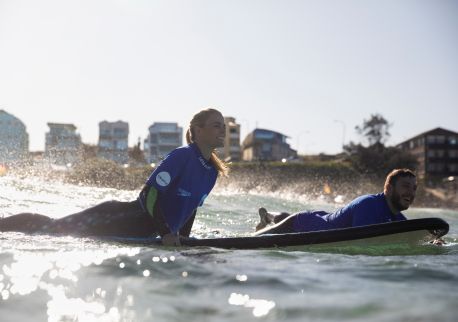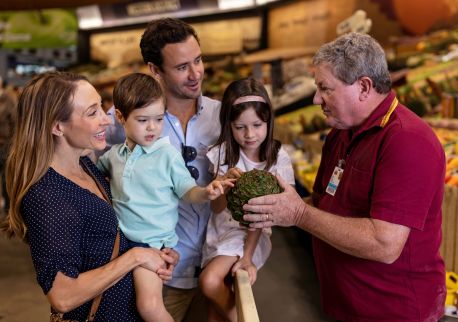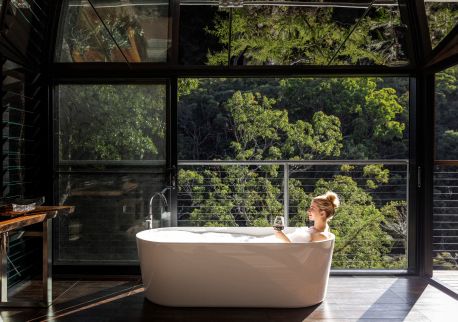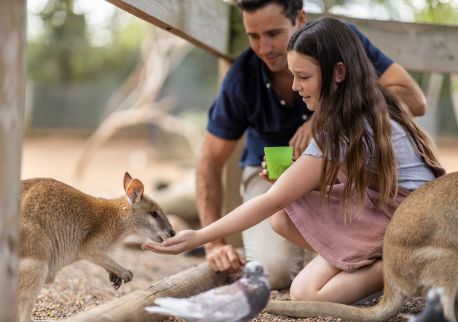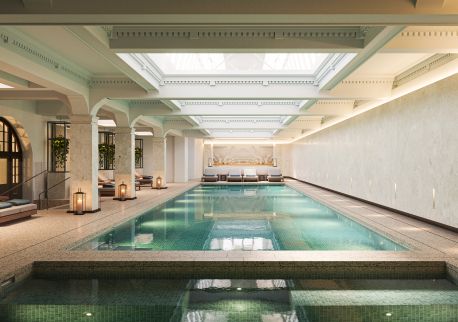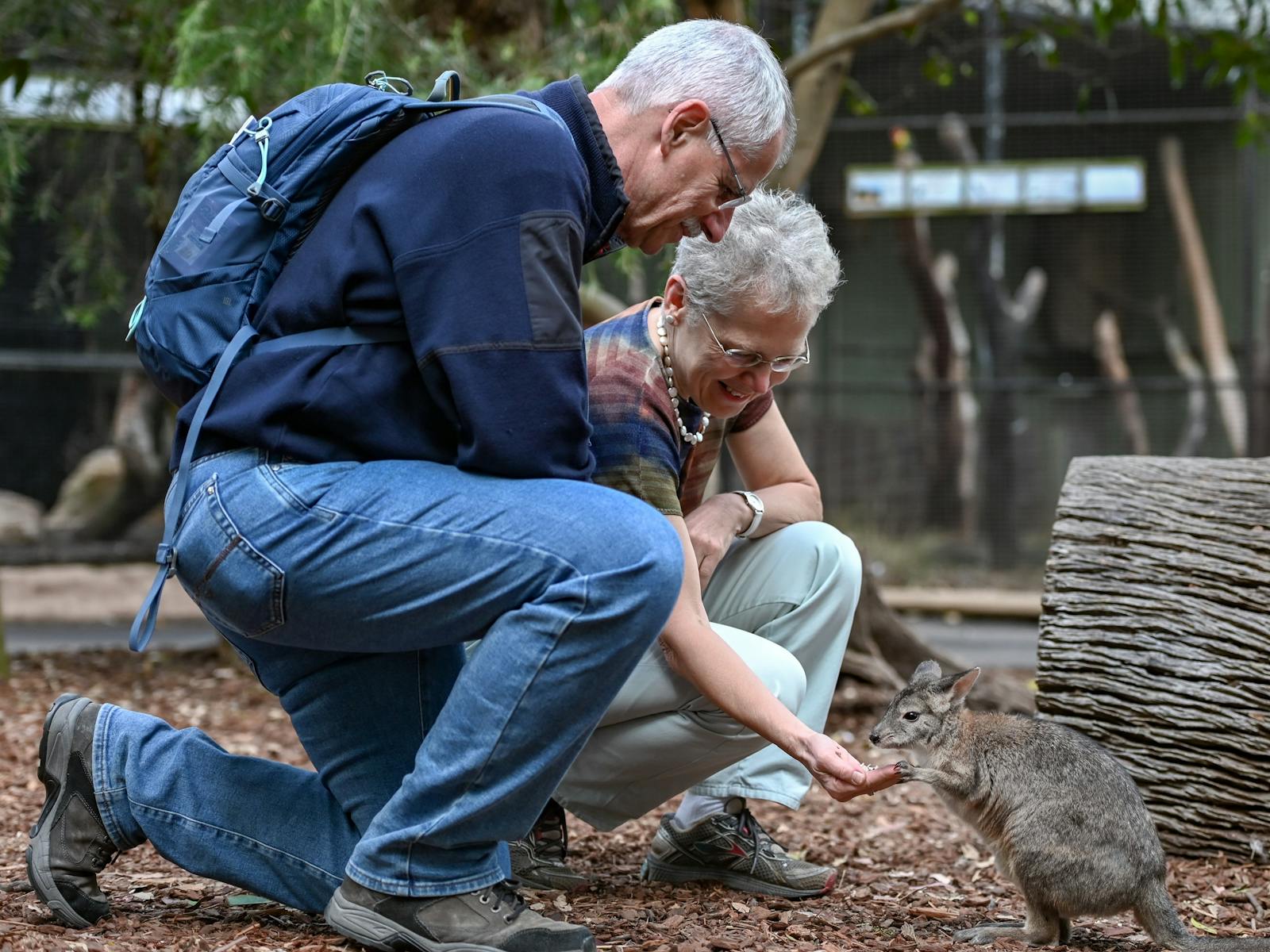Featherdale Sydney Wildlife Park
Highlights
Overview
Experience Australia through the wildlife at Featherdale.
Featherdale is a treasure of Australian native serenity nestled in the heart of Western Sydney.
Step across the timber bridge over thebubbling brook, you'll be immersed in a relaxing and uniquely Australian wildlife experience. Surrounded by bird songs and a throng of marsupials attentively investigating you on your stroll, you'll feel a sense of calm wash over you, as you get closer to nature and the incredible wildlife.
Even when the park is busy, you'll have no problems getting close to the iconic Koalas. With around 50 of these amazing creatures spread across 6 habitat areas on spacious 7 acres, you'll never have to push to get a peek.
They are wheelchair accessible and have several easily accessed toilet blocks and parents' rooms. You can enjoy a packed lunch at their undercover picnic areas, or why not make your day even more hassle-free by having a delectable bite at the Treehouse café.
Spend time at Featherdale Sydney Wildlife Park and you'll get closer to more Australian native animals than anywhere else in the world! Hand feed wallabies and kangaroos in three walk-through habitats, pat a koala, walk through the Lorikeet Aviary, and feed farmyard friends.
Come meet the Featherdale Family!








